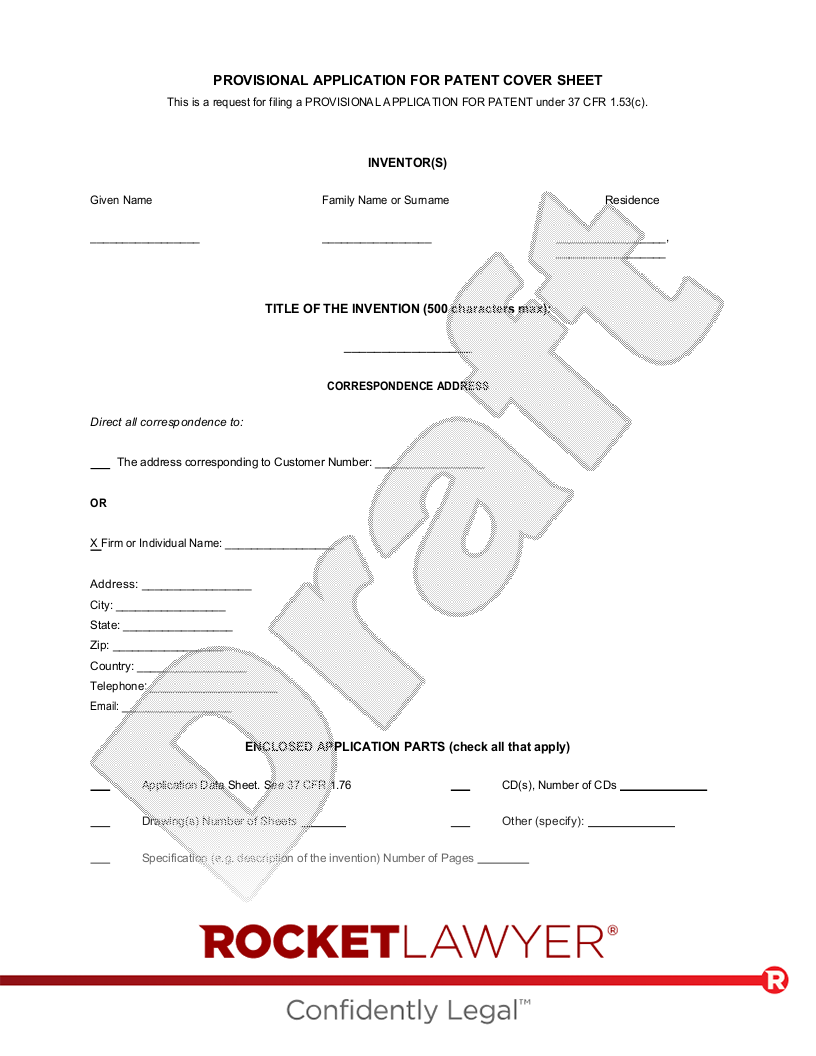It's fairly simple to demonstrate that an invention is useful, but how do you know whether your invention is new and non-obvious? Doing a thorough provisional patent search is how you can find out. Also, if you do your patent research before you find a patent lawyer, you'll likely to cut some of your legal costs. If someone else has already come up with "your" invention, it's better to find out early in the process, before you spend money to patent an idea.
Although you can do a free patent search, it's not as straightforward as simply doing a keyword search. The USPTO has patents on file that go back to 1790 — so you have to do a patent search methodically. Some challenges include the way names change over time. For example, no one uses the word "water closet" anymore, but some patents still use that terminology. This is why doing a Google Patent Search might not give you the best results. The best way to start is to search by classification using the USPTO's databases.
Here are the main steps to do a preliminary patent search according to the USPTO patent search tutorial:
- Brainstorm keywords that describe your invention.
- Use those keywords to find initial class/subclass combinations in the Index to the U.S. Patent Classification System.
- After using the Index, verify the relevancy of class/subclasses using the Classification Schedule. Enter your US Patent Classification, select Class Schedule, and click submit. Do this for all of the class/subclass combinations that you've identified in step 2.
- Before retrieving the documents it is important to confirm the scope of subclasses using the Classification Definitions. Go to the Classification Schedule again, enter your US Patent Classification, select Class Definition, and click submit. Do this for all of the class/subclass combinations that you've identified in step 2.
- Once you find the most relevant subclasses, use them to search through the actual patent documents on file with the USPTO in The Published Patent Applications Database and The Complete Patent Documents Database.
- Once you have retrieved the relevant patent applications and complete patent documents from the databases, judge them by their relevancy.
- For the documents that are the most relevant, look at the other documents these documents have cited. This will help you discover other inventions that are similar to yours.
Although it's great that these free patent search tools are available to anyone, a preliminary patent search can seem daunting to someone who isn't a patent expert. If you're still confused, it's best to Consult a Legal Pro.
If you feel that you've done a successful patent search and your invention is new, serves a purpose, and is non-obvious, you're ready to start your provisional patent application.
Please note: This page offers general legal information, not but not legal advice tailored for your specific legal situation. Rocket Lawyer Incorporated isn't a law firm or a substitute for one. For further information on this topic, you can Ask a Legal Pro.
